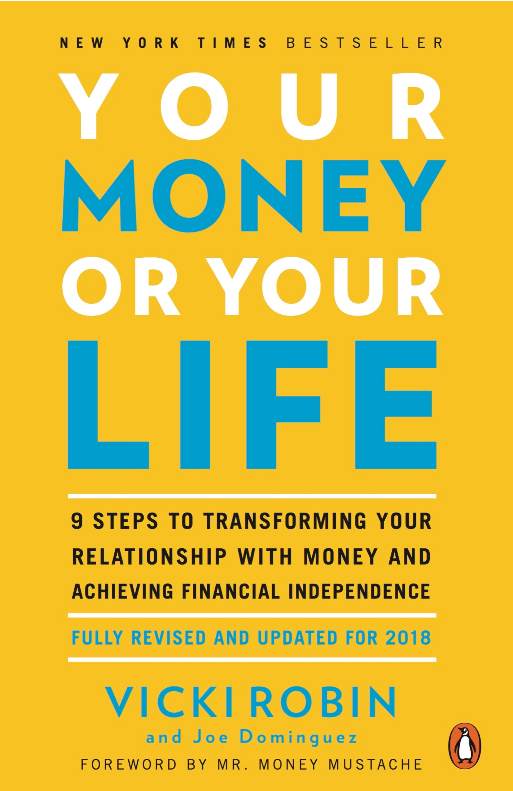
Money is something we trade our life energy for. We spend our days doing what we may not enjoy to buy things we may not need. But what if you could step off this treadmill? What if you could live well while spending less, save aggressively, and one day wake up free? Financial independence isn’t about being rich, it’s about owning your life. The question is simple: Are you willing to trade your life for money, or not?
 Summary
SummaryYour Money or Your Life is a groundbreaking personal finance book that reframes money as “life energy” and provides a step-by-step program to achieve financial independence while aligning spending with values. Originally published in 1992 (updated in 2018), its principles remain timeless.
Core Philosophy:
Money = Life Energy: Calculate your real hourly wage (after commute, job costs, stress) to see how much life you trade for money.
Financial Independence (FI): Reach a point where your investments cover living expenses, freeing you from compulsory work.
Enoughness: Identify when more money/stuff stops adding happiness (“the crossover point”).
The 9-Step Program:
Calculate Lifetime Earnings: Face how much you’ve earned vs. your current net worth.
Track Every Penny: Record all income/expenses to see money flows.
Determine Real Hourly Wage: (Salary – job expenses) ÷ hours spent.
Ask “Did I Receive Fulfillment?”: Rate each expense’s value (e.g., “Was this takeout worth 2 hours of my life?”).
Create a Monthly Tabulation: Visualize income, expenses, and savings rates.
Minimize Spending: Cut costs that don’t align with fulfillment.
Maximize Income: Increase earnings without sacrificing life energy.
Calculate Your FI Number: (Monthly expenses × 12) ÷ safe withdrawal rate (e.g., 4% rule).
Invest for Passive Income: Shift savings to income-generating assets.
Key Insights:
The “Fulfillment Curve”: Happiness plateaus after basic needs are met—mindless spending leads to clutter, not joy.
Debt is a Life Energy Drain: Prioritize eliminating high-interest debt.
Invest Consciously: Use low-cost index funds (updated editions reflect modern FI strategies).
The book blends frugality, mindfulness, and investing to help readers escape the “work-spend treadmill” and reclaim time for meaningful pursuits.